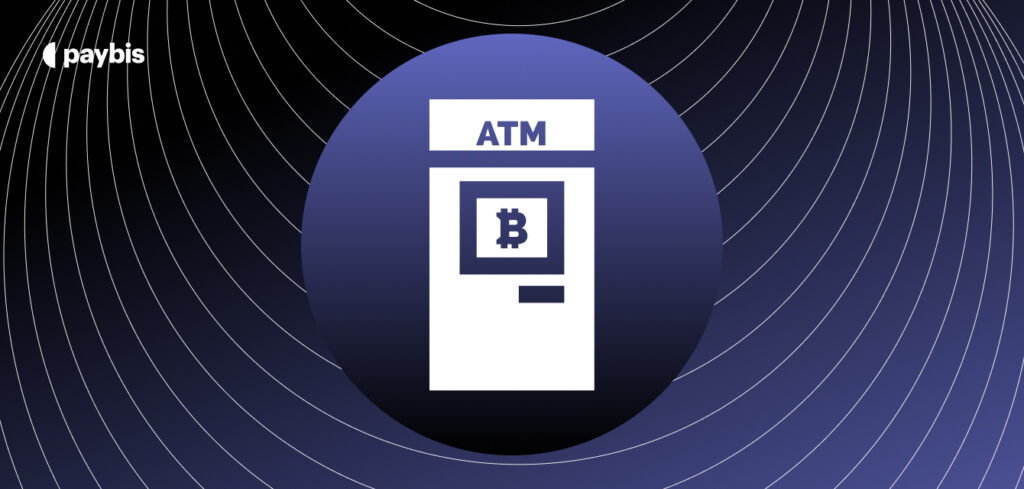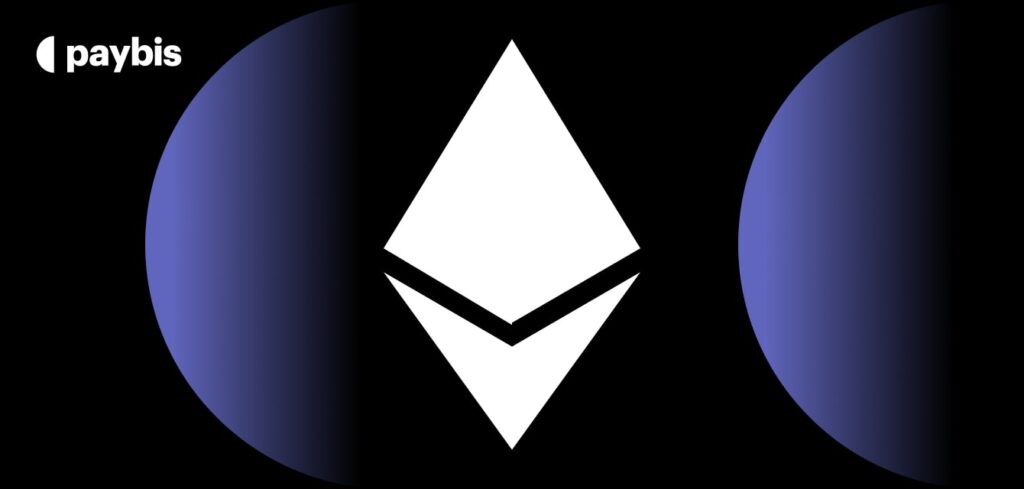Merged Mining
Merged mining is a process that allows miners to simultaneously mine two or more cryptocurrencies without additional resource expenditure, by using the same computational work to validate blocks on both a primary blockchain and one or more auxiliary blockchains.
Table of contents
What is Merged Mining?
Merged mining, also known as auxiliary proof-of-work (AuxPoW), is a concept in the cryptocurrency world that allows two different cryptocurrencies to be mined simultaneously. This innovative process enables one blockchain to leverage the work done on another, offering numerous benefits to both miners and blockchain networks. By understanding merged mining, we can gain insights into its role in improving network security and efficiency.
What is Merged Mining?
Merged mining is a technique that allows miners to use their computational power to mine more than one cryptocurrency at the same time without any additional cost or resource usage. This is accomplished by using the work from mining a primary blockchain (the parent chain) to also validate blocks on a secondary blockchain (the auxiliary chain). The key advantage of merged mining is that it allows the auxiliary chain to benefit from the hash power of the primary chain, enhancing its security and resistance to attacks. This is particularly useful for newer or smaller cryptocurrencies that lack sufficient network power to secure themselves independently.
How Does Merged Mining Work?
The process of merged mining involves linking the auxiliary chain to the parent chain through a shared proof-of-work (PoW) system. Here’s a simplified breakdown of how it works:
- Block Header Inclusion: The auxiliary chain includes a reference to its block header in the parent chain’s block header. This allows the auxiliary chain to recognize and validate the parent chain’s PoW as its own.
- Simultaneous Mining: Miners solve cryptographic puzzles to validate transactions and create new blocks on the parent chain. Simultaneously, the same work is submitted to the auxiliary chain for verification.
- Reward Distribution: When a miner successfully mines a block on the parent chain, they can claim rewards from both the parent and auxiliary chains. The rewards from the auxiliary chain are distributed according to its protocol.
This process ensures that miners can support multiple blockchains without splitting their resources, optimizing their mining efficiency and profitability.
Benefits of Merged Mining
Merged mining offers several advantages for both miners and blockchain networks:
- Increased Security: By sharing the hash power of a larger parent chain, the auxiliary chain becomes more secure against attacks like 51% attacks. This increased security is crucial for smaller cryptocurrencies that might otherwise be vulnerable.
- Resource Efficiency: Miners can earn block rewards from multiple blockchains without needing additional hardware or energy consumption. This efficiency makes merged mining an attractive option for miners looking to maximize their returns.
- Network Stability: Auxiliary chains benefit from the stability and reliability of the parent chain’s network, improving their own resilience and reducing the likelihood of network failures.
- Encourages Innovation: Merged mining can help support new cryptocurrencies by providing a secure platform for development and growth, encouraging innovation within the blockchain space.
Challenges and Considerations
Despite its benefits, merged mining is not without challenges:
- Complex Implementation: Setting up merged mining requires careful coordination between the parent and auxiliary chains. This complexity can deter some projects from adopting the model.
- Centralization Risks: There is a potential risk of centralization if only a few large miners dominate the mining of both chains, which could undermine the decentralized nature of the blockchain.
- Market Dependency: Auxiliary chains become reliant on the parent chain’s health and security. Any issues with the parent chain could impact the auxiliary chain’s stability.
Examples of Merged Mining
One of the most well-known examples of merged mining is Bitcoin and Namecoin. Namecoin was the first cryptocurrency to implement merged mining with Bitcoin, leveraging Bitcoin’s robust security to improve its own network. This successful implementation has inspired other projects to adopt merged mining, highlighting its potential to strengthen blockchain ecosystems.
Conclusion
Merged mining is a powerful concept that brings numerous advantages to the blockchain industry, including increased security, resource efficiency, and network stability. By allowing multiple cryptocurrencies to share mining efforts, merged mining promotes a more secure and efficient ecosystem for both new and established projects.
Browse the Paybis Glossary to master more web3 lingo!
Alternatively, explore related terms and articles below.
Disclaimer: Don’t invest unless you’re prepared to lose all the money you invest. This is a high‑risk investment and you should not expect to be protected if something goes wrong. Take 2 mins to learn more at: https://go.payb.is/FCA-Info


